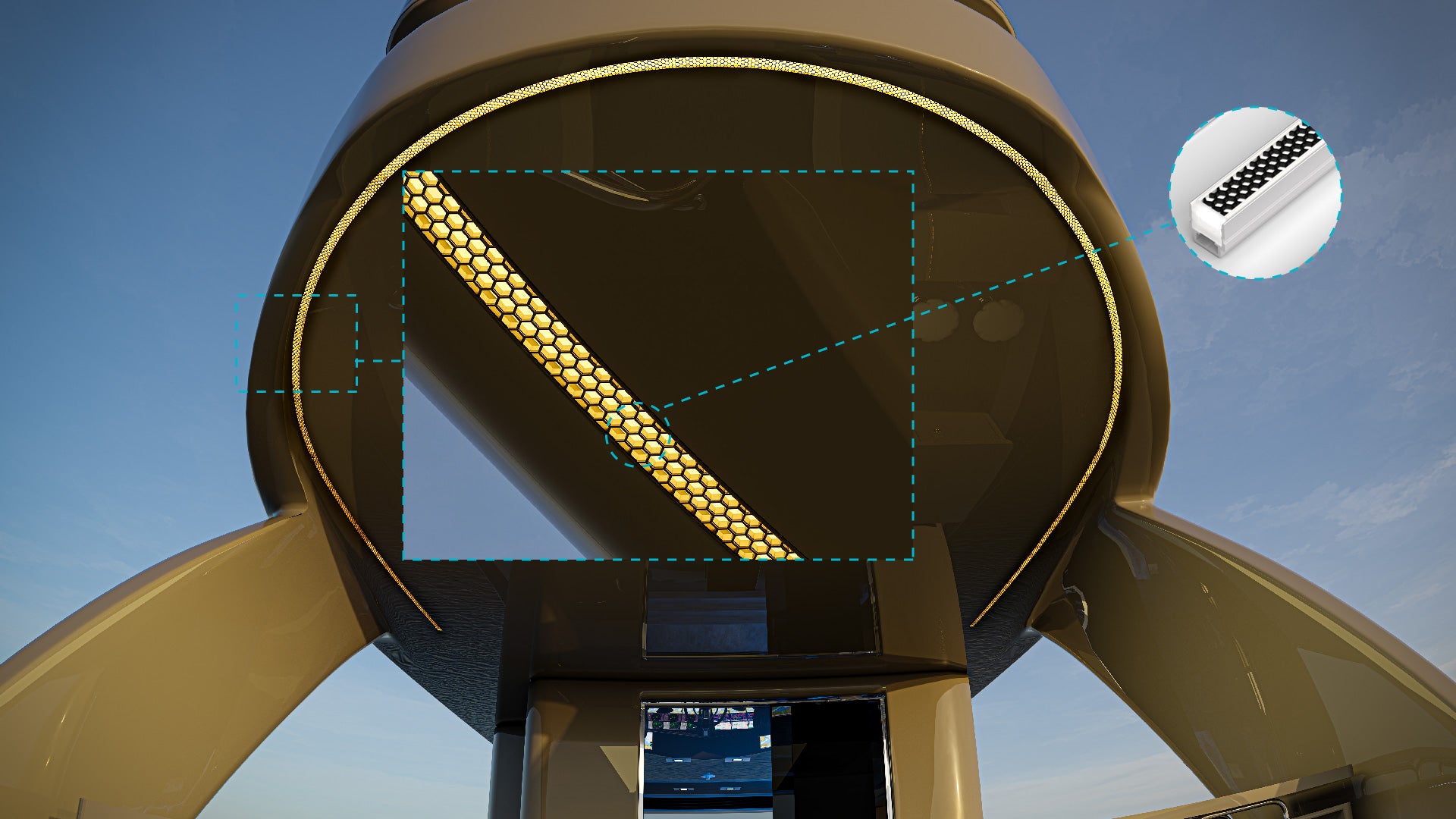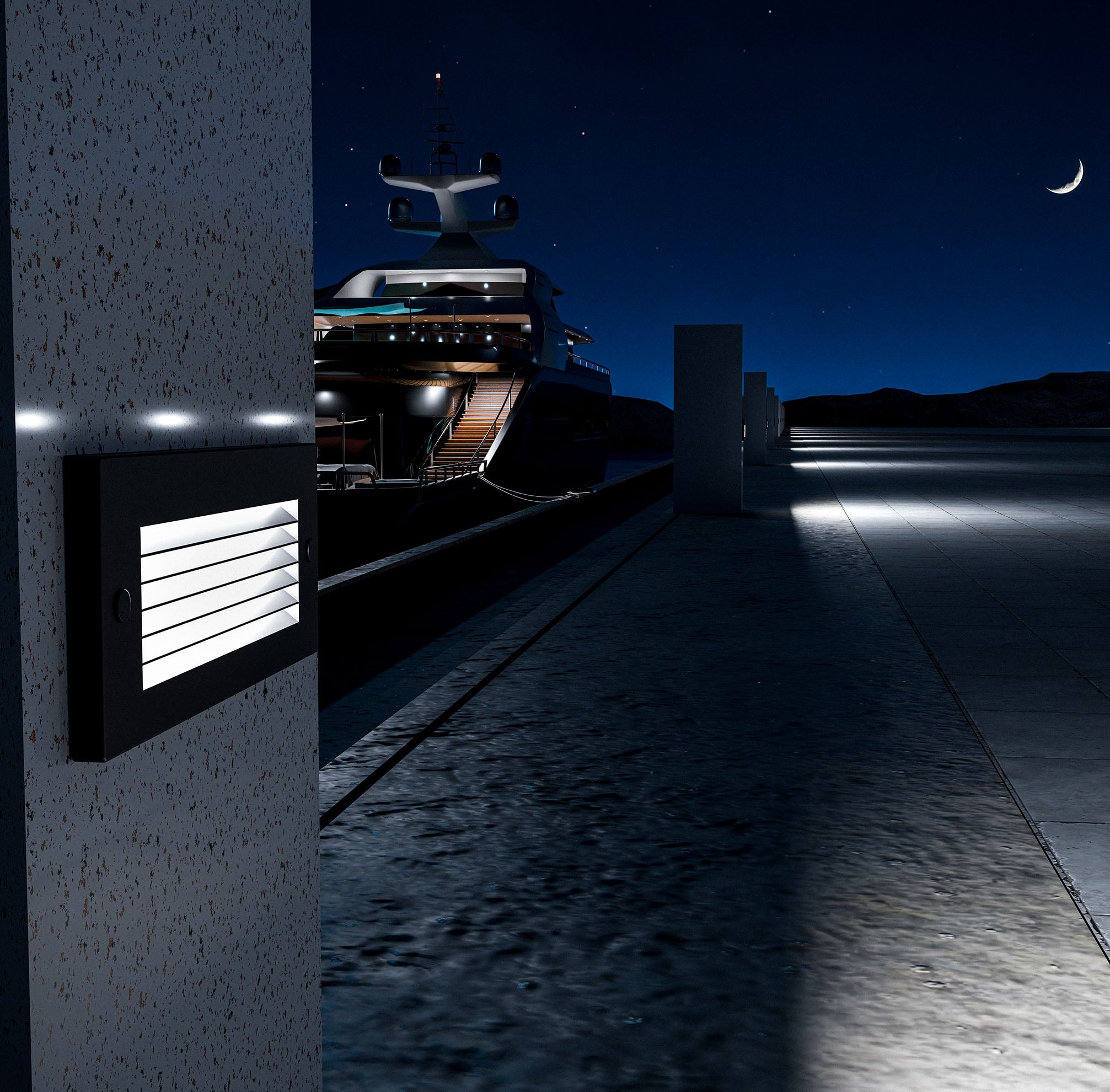Proper lighting on boats is essential for ensuring safety, enhancing visibility, and creating an enjoyable ambiance for both functional and recreational purposes. As the marine industry evolves, LED lighting has emerged as the preferred choice due to its unmatched energy efficiency, longevity, and robustness against harsh marine conditions.
Whether it's for navigation, interior illumination, or decorative purposes, the right marine LED lights can significantly improve your boating experience. This guide will help you navigate the options and make informed decisions when selecting the best marine LED lights for your boat, ensuring you get the most out of your investment in terms of both performance and aesthetics.
Understanding Your Lighting Needs
Assessing the Purpose of Lighting:
- Navigation Lights: Ensure visibility and compliance with maritime regulations.
- Interior Lighting: Provide sufficient illumination for cabins and living areas.
- Decorative Lighting: Enhance the aesthetic appeal of the boat, including underwater lighting for visual effects.
Consider the Boat Type and Size:
- Small boats may require fewer and less powerful lights compared to larger yachts which need comprehensive lighting solutions.
- Different types of boats (fishing boats, sailboats, luxury yachts) have varying lighting needs.
Environment and Conditions:
- Waterproof and Corrosion-Resistant Lights: Essential for withstanding harsh marine environments, including exposure to saltwater and weather conditions.
- UV Protection: Prevents degradation of materials due to prolonged exposure to sunlight.
Key Features to Look For in Marine LED Lights
Brightness and Lumens:
- Understanding Lumens: Measure of the total amount of visible light emitted by a source.
- Appropriate Brightness Levels: Higher lumens for outdoor and navigational lights, moderate for interior lighting to avoid glare.
Energy Efficiency:
- Low Power Consumption: LEDs consume less power, reducing the load on the boat’s battery and extending its life.
- Cost Savings: Long-term savings due to lower energy usage and reduced need for replacements.
Durability and Quality:
- Material and Build Quality: Choose lights made with robust materials like marine-grade stainless steel and polycarbonate lenses.
- Brand Reputation: Opt for reputable brands known for quality and reliability.
Waterproof and Weatherproof Ratings:
- Understanding IP Ratings: The Ingress Protection (IP) rating system (e.g., IP68) indicates the degree of protection against water and dust.
- Choosing the Right Rating: Higher ratings like IP67 or IP68 for underwater and exterior applications.
Color Temperature:
- Warm vs. Cool Light: Warm white (2700K-3000K) for a cozy interior ambiance, cool white (5000K-6500K) for bright and clear visibility outdoors.
- Specialized Colors: Blue or green lights for underwater applications to attract fish or create visual effects.
Types of Marine LED Lights
Navigation Lights:
- Essential Features: Must meet legal requirements for visibility, color (red, green, white), and positioning.
- Battery Backup: Ensure they remain operational in case of power failure.
Deck and Flood Lights:
- Enhanced Visibility and Safety: Illuminate large areas on deck for nighttime operations and safety.
- Adjustable Angles: Allows for flexible lighting coverage where needed.
Underwater Lights:
- Aesthetic Appeal: Create a stunning visual effect by illuminating the water around the boat.
- Practical Uses: Aid in docking and attracting marine life for fishing.
Cabin and Interior Lights:
- Comfortable Living Spaces: Provide ample light for activities like reading, cooking, and socializing.
- Dimmer Options: Allow for adjustable brightness to suit different moods and needs.
Installation Tips and Best Practices
Planning the Layout:
- Strategic Placement: Ensure even lighting coverage, avoiding shadows and dark spots.
- Consider Reflections and Glare: Position lights to minimize glare and reflections on water surfaces.
Wiring and Power Considerations:
- Safe Electrical Setup: Use marine-grade wiring and connectors to prevent corrosion and electrical issues.
- Power Management: Calculate the total power consumption and ensure the boat’s electrical system can handle it.
DIY vs. Professional Installation:
- DIY Installation: Suitable for simple setups; provides a sense of accomplishment and cost savings.
- Professional Installation: Recommended for complex systems or if unsure about electrical work; ensures safety and compliance with regulations.
Maintenance and Troubleshooting
Routine Maintenance:
- Regular Cleaning: Remove salt and dirt buildup to maintain light output and prevent damage.
- Inspection: Check for signs of wear and tear, corrosion, and secure fittings periodically.
Common Issues and Solutions:
- Flickering Lights: Check for loose connections or voltage issues.
- Dimming Lights: Clean lenses, check for power supply issues, and ensure the battery is fully charged.
- Water Ingress: Ensure seals and gaskets are intact and replace if necessary.
In conclusion, choosing the right marine LED lights for your boat involves a careful consideration of various factors, including your specific lighting needs, key features like brightness, energy efficiency, durability, and understanding the different types of marine LED lights available.
By planning your lighting layout strategically, ensuring proper installation, and maintaining your lighting system, you can enhance both the safety and aesthetic appeal of your boat. Investing in high-quality marine LED lights not only improves your boating experience but also offers long-term benefits in terms of energy savings and reliability.
For those seeking top-tier Marine LED lights, K2 Lighting provides a diverse range of durable and efficient products tailored to meet the unique demands of the marine environment. Explore K2 Lighting’s offerings to find the perfect lighting solutions for your boat.





